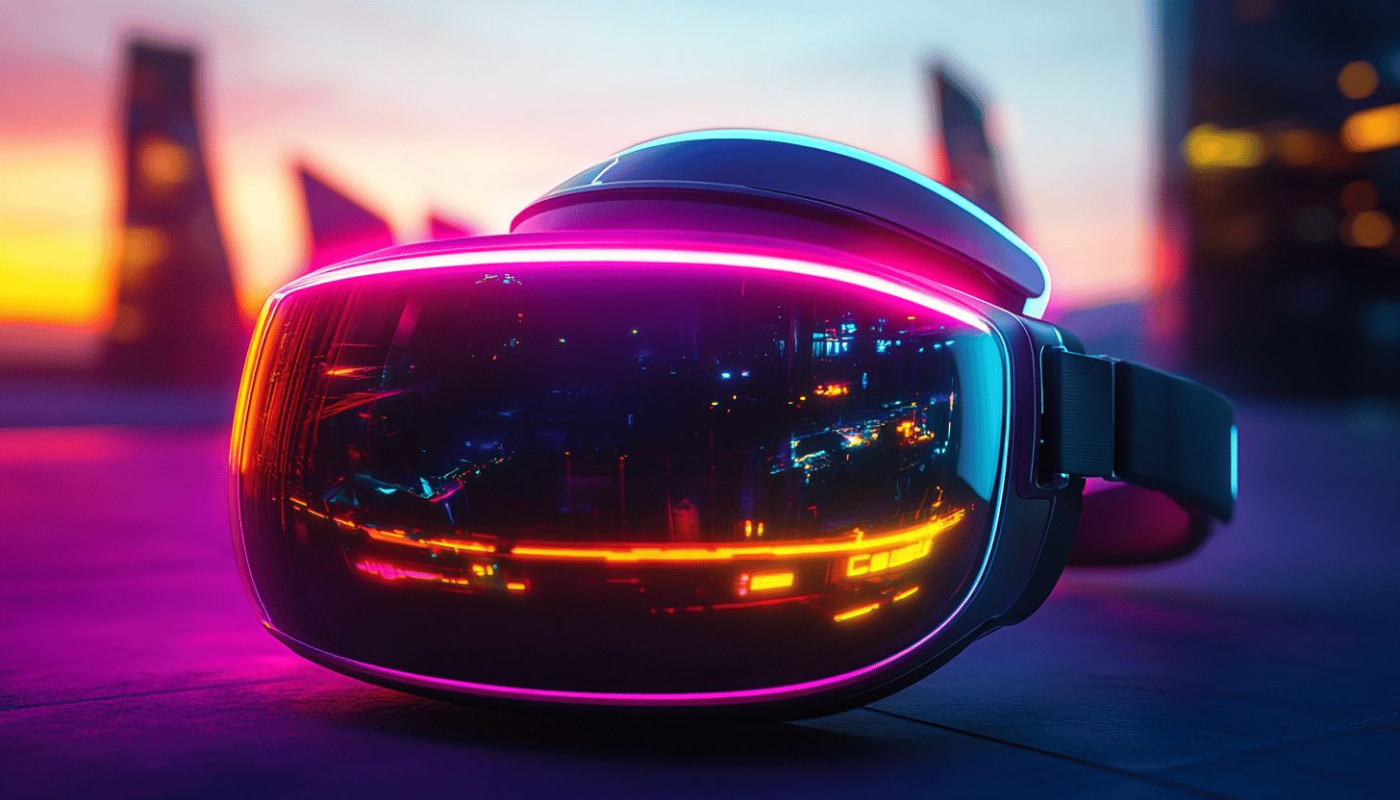Table of contents
Dive into the world of generative AI, where the fusion of technology and creativity is revolutionizing industries. The applications and benefits of this innovative field are reshaping the fabric of business operations, offering unprecedented opportunities for growth and advancement. Uncover how generative AI is not just a technological trend, but a transformative force that is opening new horizons across various sectors. Continue reading to explore the multifaceted impact of generative AI and how it stands at the forefront of the next industrial evolution.
Revolutionizing Content Creation
The transformative role of generative AI in content creation is reshaping how stories are told and experiences are crafted, spanning from text-based writing to the complex realm of video production. AI-generated content is no longer a futuristic concept but a present reality that enhances human creativity, enabling creators to break new ground and push the boundaries of what's possible. The introduction of creative algorithms into content creation has been a game-changer, significantly increasing efficiency in production and allowing for scalability that was previously unattainable. In the sphere of personalized marketing, generative AI empowers brands to tailor content specifically to their audience's preferences and behaviors, resulting in more effective engagement and customer satisfaction. A Chief Content Officer harnessing these AI capabilities can witness a profound shift in their workflow and output, as automation in creativity provides a rich landscape for innovation and adaptability in content strategy and execution.
Optimizing Product Design and Manufacturing
In the realm of product development, generative AI has emerged as a transformative force, significantly expediting the design and manufacturing landscape. Generative design, a standout application of AI, harnesses complex algorithms to produce multiple iterations of a design, taking into account constraints and desired outcomes. This approach not only fosters innovation but also paves the way for rapid prototyping, enabling designers to swiftly move from concept to tangible product, thus collapsing the timeframes traditionally associated with product development. Moreover, generative AI embeds efficiency into the supply chain optimization by predicting and addressing potential disruptions, leading to cost reduction and more resilient operations. The integration of AI in these processes also contributes to sustainable manufacturing, as it can identify ways to minimize waste and energy consumption. A Head of Product Development, who is intimately familiar with iterative design processes, can attest to how generative AI has revolutionized the way products are conceived, evolved, and brought to market, ensuring that each iteration is closer to the optimal solution.
Enhancing Research and Development
The advent of generative AI has marked a transformative era in the realm of research and development across various scientific disciplines. In the pharmaceutical industry, AI in drug discovery is revolutionizing the way new medications are developed, with algorithms capable of predicting molecular reactions, thereby expediting the creation of new drugs and reducing time-to-market. This surge in computational prowess has not only enhanced the speed but also the precision of identifying potential treatments for complex diseases.
Materials science is another sector reaping the benefits of generative AI. By employing predictive analytics, AI models are able to forecast the properties of new materials, leading to breakthroughs in materials innovation. Such advancements are imperative for the development of more sustainable products and efficient energy sources. Additionally, these sophisticated AI tools greatly amplify research efficiency, allowing scientists to test hypotheses at an accelerated pace without the limitations of traditional experimental procedures.
The concept of computational creativity, a term often associated with the work of a Chief Scientific Officer, is now an integral part of scientific exploration. By synthesizing vast amounts of data and generating novel solutions, generative AI is fostering an environment where the serendipitous discovery is more accessible than ever before. For a deeper insight into how generative AI is shaping the future of research and development, one might read this post here, which provides a comprehensive look into the myriad of ways AI is being integrated into this field.
Personalizing Customer Experiences
In today's competitive landscape, personalizing customer experiences has become a cornerstone of successful business strategies. Generative AI stands at the forefront of this revolution, offering unparalleled opportunities for customer engagement. Through AI-driven analytics, companies can sift through vast amounts of data, discerning patterns and predicting behavior with remarkable accuracy. This enables the delivery of personalized recommendations that resonate with individual preferences, fostering deeper connections between brands and their customers. As businesses strive to enhance customer satisfaction, the role of the Chief Marketing Officer (CMO) evolves, focusing on harnessing the potential of adaptive interaction in customer service. By implementing generative AI, the CMO ensures that each customer interaction is not just a transaction but a step towards a more personalized and fulfilling brand experience.
Improving Automation in Data Analysis
The integration of generative AI into data analysis has been a pivotal advancement, enabling a level of automation that transforms the way businesses approach information processing. These sophisticated AI systems excel at sifting through immense datasets, identifying complex patterns, and executing predictive modeling with remarkable accuracy. This progress has been integral in elevating real-time analytics and data-driven decision-making to new heights. Unlike traditional analysis methods which may require extensive human intervention, generative AI empowers organizations with intelligent data synthesis, much like an expert Data Scientist, but at a scale and speed unattainable by human capabilities alone. The implications of this are vast, offering enhanced business intelligence and allowing for more informed strategic planning based on nuanced, AI-driven insights. By leveraging these technologies, industries can anticipate market trends, optimize operations, and ultimately gain a significant competitive edge.






